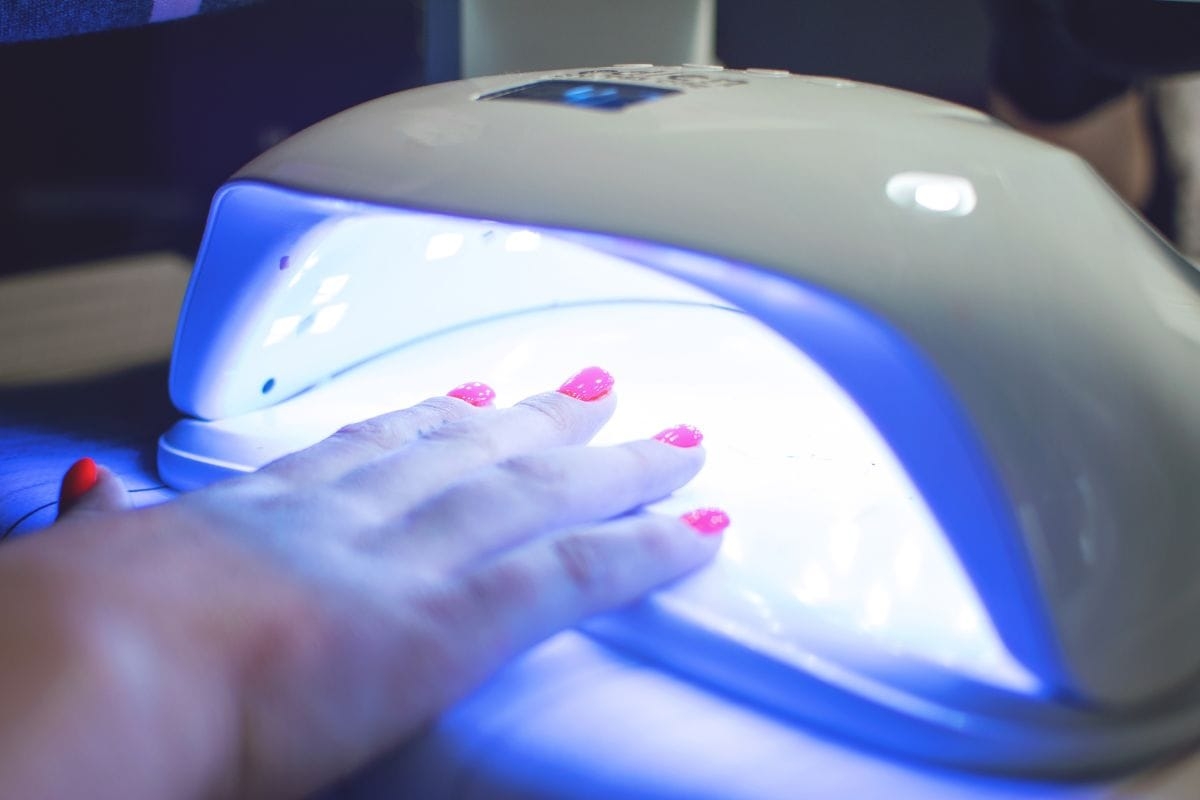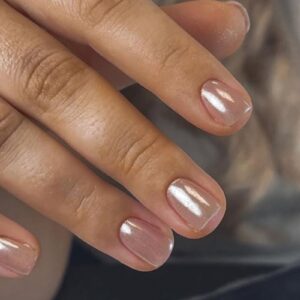
Leading nail industry scientist responds to online claims about UV lamp safety
By Scratch Staff | 25 January 2023 | News, Products & Treatments

A number of articles have appeared online to suggest that ‘UV nail lamps can lead to cancer-causing mutations in hands’. This suggestion comes following a report by researchers at the University of California San Diego.
Scratch has addressed comments surrounding the safety of UV nail lamps on numerous occasions, and will not be linking to the articles in question. Instead, we are presenting comment from leading nail industry scientist, Doug Schoon, to address the content. Schoon has over 30 years’ experience in the cosmetic, beauty and personal care industry and he is internationally renowned for his technical and regulatory work. He is also co-chair of the Nail Manufacturer’s Council (NMC). He comments:

Doug Schoon
“Sadly, every few years, someone decides to unfairly attack UV nail lamps. This appears to have happened once again.
1. The study authors did not choose the most widely used, or even commonly used UV nail lamps. Instead, they tested only ONE lamp – the highest wattage UV nail lamp on the market, a lamp that is rarely used by the nail industry. The seller claims this lamp is 50% faster than traditional nail lamps. Why did they use just this one lamp? It appears they are trying to get the worst result possible, when the goal should have been to understand the safety of UV nail lamps.
2. Ensuring they get a scary result, they incorrectly used this lamp – exposing their samples to 20 minutes of continuous exposure. That’s right, they used an unrealistic lamp and exposed the tissue for an unrealistic length of time! To make matters worse, they repeated this unrealistic test with two more consecutive 20-minute exposures for a total of 60 minutes over three days. This is an irresponsible way to do scientific experiments.
Tricksters often use shoddy scientific experiments to fool the public, so this is not new. They picked conditions that will give them the results they want. That’s silly science.
These researchers know that the nail is typically exposed to one-minute exposures, yet they tested 20 minutes – when no client should ever place their hand in any UV nail lamp for this long.
“In short, the bulk of the scientific evidence continues to demonstrate that UV nail lamps are safe when properly used.”

Read the latest issue









